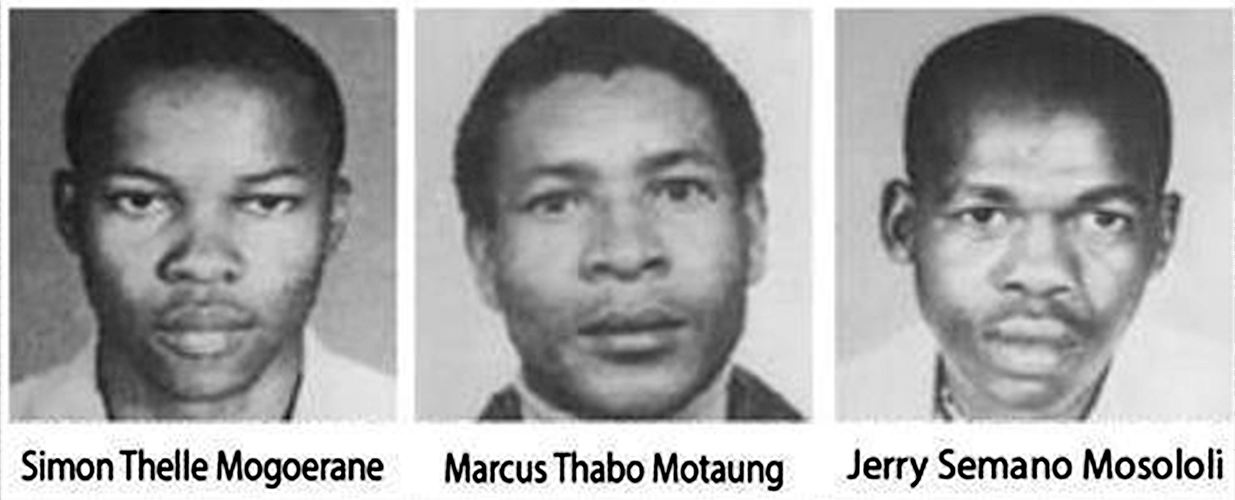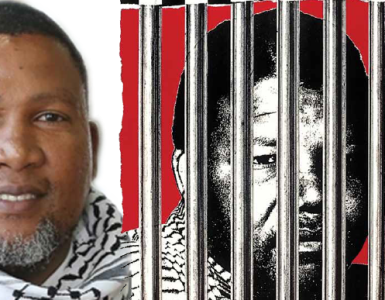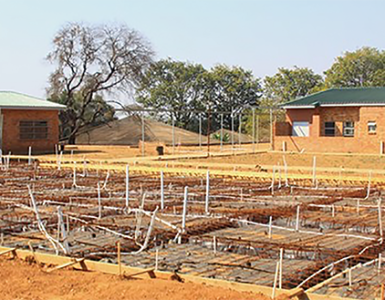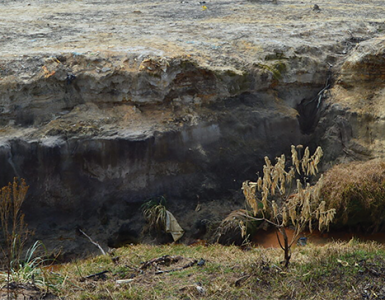UNBOWED: They were among the 1976 youth who fled SA to exile and return to wage the struggle against apartheid…..
By Monk Nkomo
The year 1976 was a dark period in South Africa when hundreds of Black students – tortured and hounded by apartheid security policemen for rejecting the government’s introduction of Afrikaans as a medium of instruction in most subjects at Black schools – fled the country to neighbouring States where they joined the military wing of the African National Congress, Umkhonto we Sizwe.
The aim was to undergo military training and come back into the country to fight for the liberation of Black people who had been subjected to unjust and repressive laws for years . Those who dared challenge the oppressive system were not only arrested and jailed. They were murdered and maimed and banned.
Black students were not spared. When they protested – peacefully – against Bantu education – they were met with brutal force from the apartheid police. Hundreds were killed and many were injured throughout the country.
Those who survived the onslaught were raided and tortured and jailed. Scores went into hiding and many fled the country to join the ANC and undergo military training.
Amongst those who fled were three young students who would later return to the country on a deadly mission to fight the apartheid regime and liberate their people.
This week we commemorate the execution of the three brave guerillas who were executed by the apartheid regime 42 years ago. Thelle Simon Mogoerane (23) from Vosloorus, Ekurhuleni, Jerry Semano Mosololi (25) of Dube , Soweto and Marcus Thabo Motaung (27) of Diepkloof, Soweto. They indeed paid the ultimate price for their gallant efforts of liberating their people. It was during this month – June 9, 1983 – to be precise – that they were led from their prison cells in the early hours – handcuffed and in leg irons – by warders at the Pretoria Central Prison. They were taken to the gallows where they were hanged by the apartheid government.
The three guerillas, who were members of the Guebuza Machinery, had undergone military training in Mozambique, East Germany and Angola. On their return to the country, they launched a wave of violent and deadly attacks on police officers and apartheid structures especially police stations in Soweto and Pretoria. Some the targets included the Moroka and Orlando police stations where several policemen were killed and injured. They were also responsible for the attack on the Wonderboompoort police station in Capital Park, Pretoria.
Two of them – Mogoerane and Mosololi – were arrested by security policemen at their hideout near Hammanskraal in 1982. They appeared in the Pretoria Magistrate’s Court on July 14, 1982. Motaung joined them after he was later arrested during an ambush at a shop in Stinkwater near Hammanskraal. He was shot in the hip and private parts by a comrade only identified as ‘’ Ghost’’. The shooter was once an ANC cadre who was turned into an Askari after he was captured during a raid by the South African security forces at Matola, Mozambique.
The three guerillas – Mogoerane, Mosololi and Motaung – also known as the Moroka Three – appeared before Justice David Curlewis and two assessors during 1982 where they faced charges of High Treason, 20 alternative counts that included murder, attempted murder and five counts under the Terrorism Act as well as robbery with aggravating circumstances.
They pleaded not guilty. The three , through their lawyers, caused a stir when they told the Judge that they did not recognize the court that was trying them on these charges because it was part and parcel of an oppressive system. They also demanded that they be recognized as prisoners-of-war and not terrorists. This request was rejected by the Judge.
Defiant from the first day in court, the three guerillas indicated to the court that they already knew their fate. They were prepared to die for their country.
During a trial within a trial to determine the admissibility of the confessions made by the three guerillas, Judge Curlewis, rejected evidence by the three that they were brutally tortured by the police at Compol Building in Pretoria and forced to confess. They also told the court that electric shocks were applied on their genitals and they were also temporarily suffocated with wet bags that were placed over their heads and covered their faces. Dogs were also set on one of them. The Judge ruled that the statements were made freely and voluntarily.
After almost four weeks of testimony, mostly from the State, the three were convicted on allall charges.
Evidence in mitigation, led by their lawyer, Jack Unterhaletr, SC, was presented but this did not sway the Judge’s ruling.
The three men told the court that they took up arms because of the government’s apartheid policies which refused Black people the right to vote in their own country. The government also refused to discuss the future of the country with their Black leaders who had resorted to take up arms as a last resort to force the government to peaceful negotiations.
On June 5, 1982, Judge Curlewis sentenced the three men to death. The condemned men raised their clenched fists and shouted : ‘’ Amandla’’ before they were led to the waiting police vans which took them to the death row.
There they waited at the cells called ‘’ The pot’’ until the notices were delivered by the Sheriff informing them of their date with the hangman.
That date was June 9, 1983. After being executed, the bodies of the three guerillas were taken to the Mamelodi West Cemetery in Pretoria where they were buried side by side. A tombstone in their remembrance has also been erected. Death certifcates issued by the State pathologist declared that these were ‘’ lawful executons’’.
As we remember the story of their extraordinary bravery and unshakeable conviction for posterity, we should also not forget that the three pledged to die for the ANC and for the Black people of this country. With his last breath, Mogoerane had also told the
world : ‘’ They can kill the body but they will never kill the spirit.’’
PS. The book relating the story of the Moroka Three is due to be published before the end of the year.






























